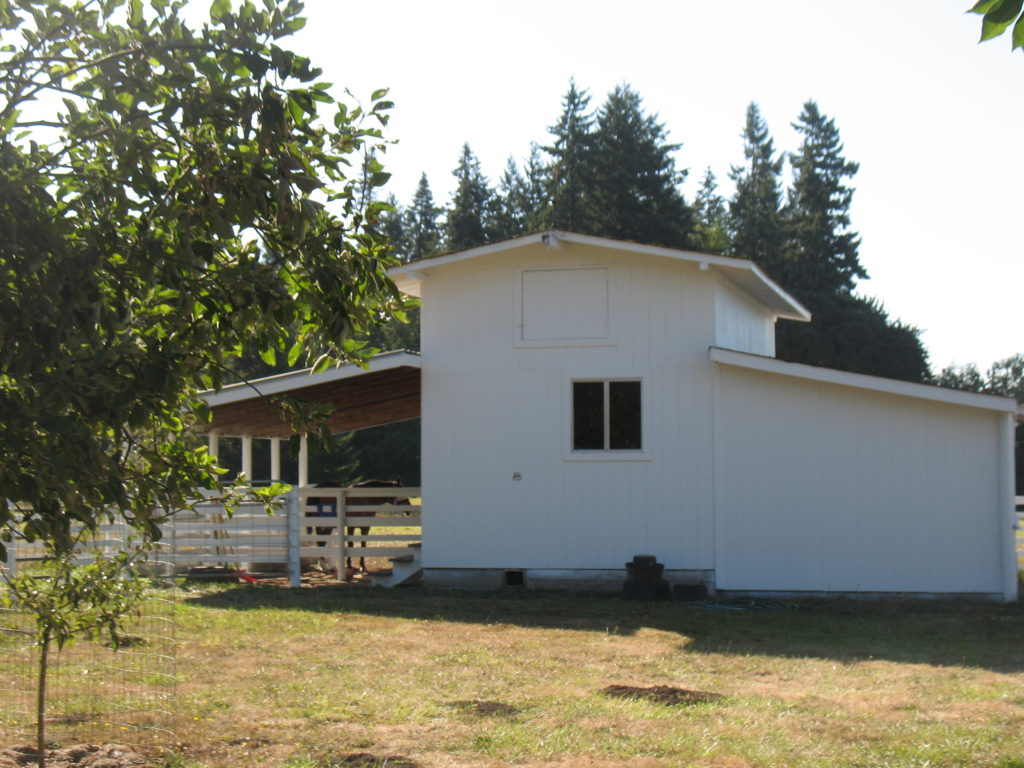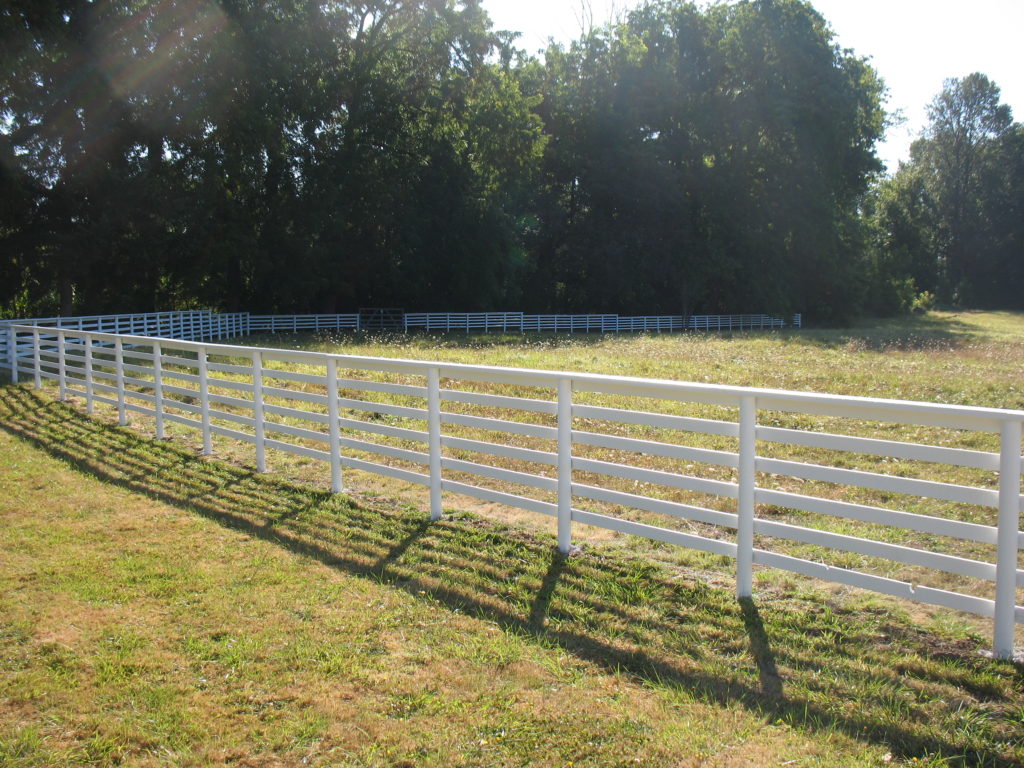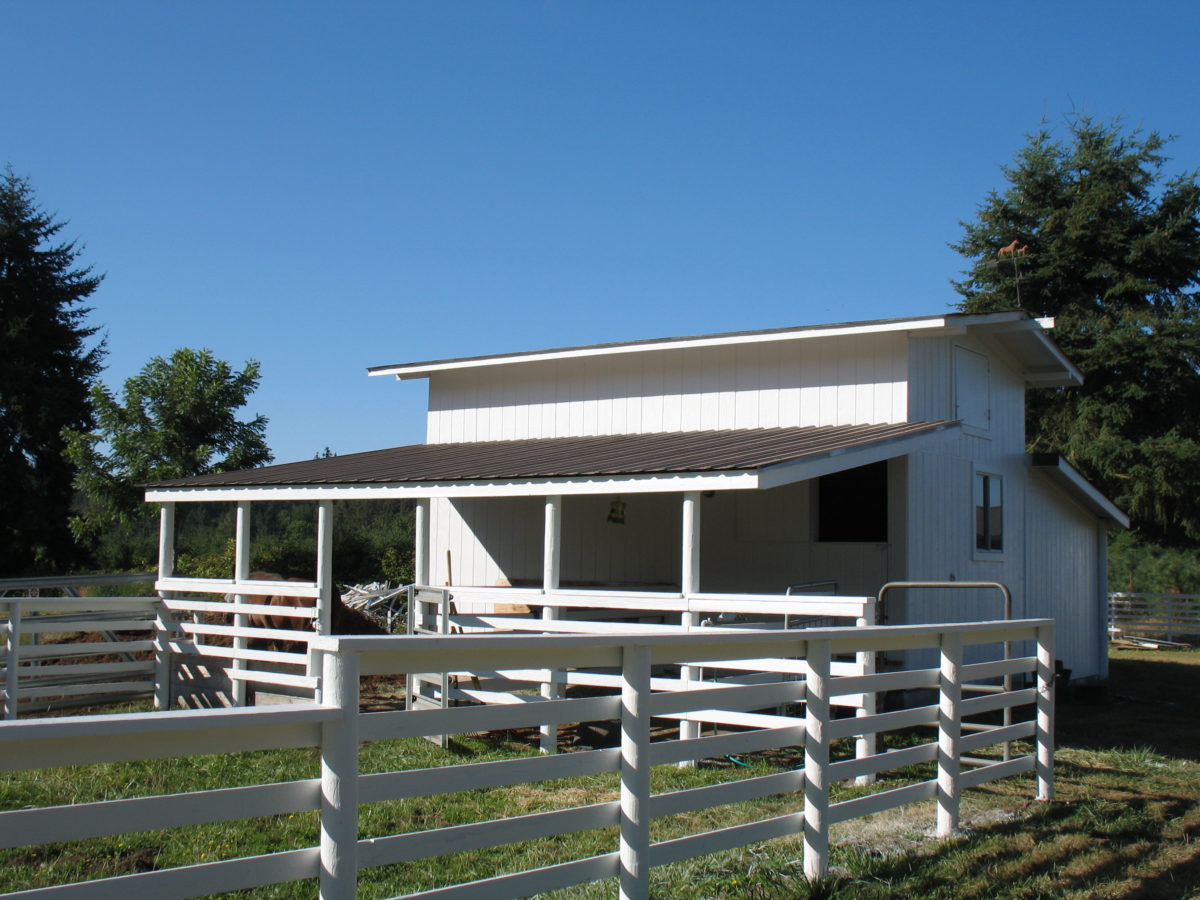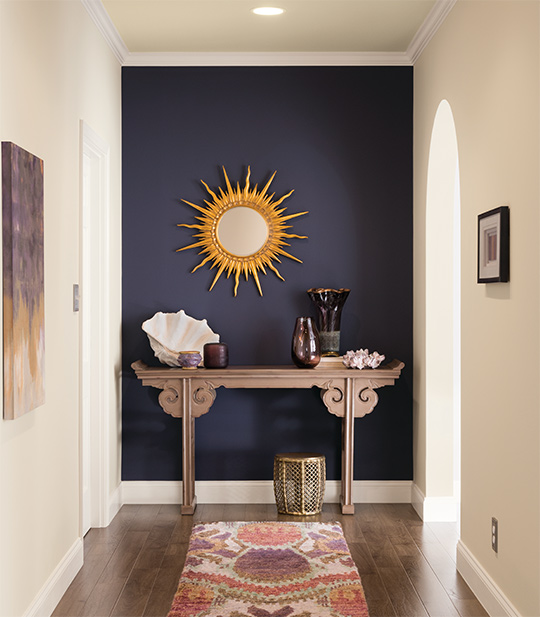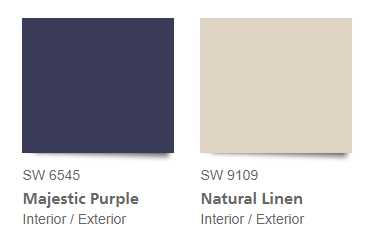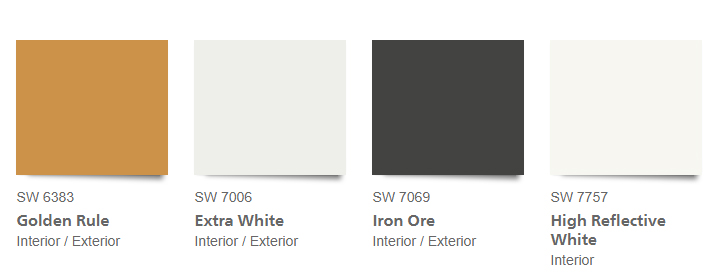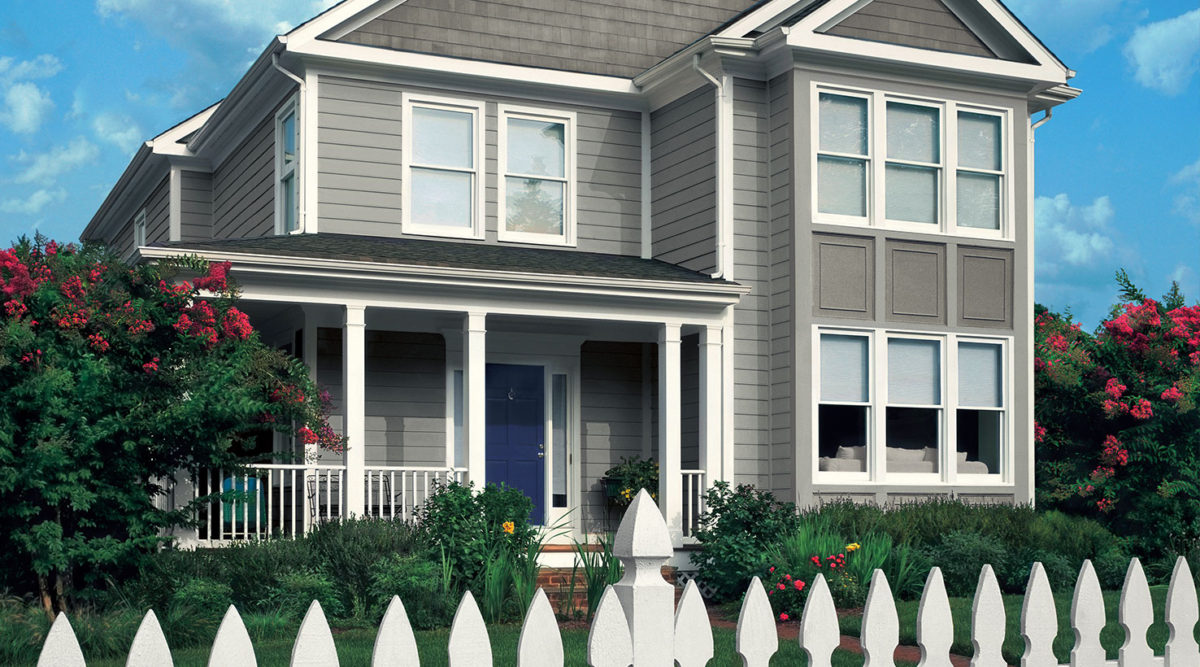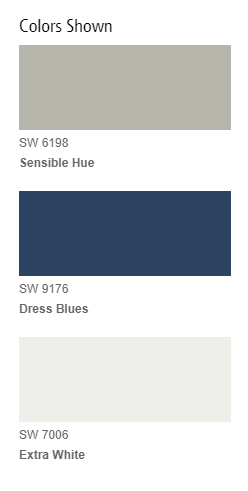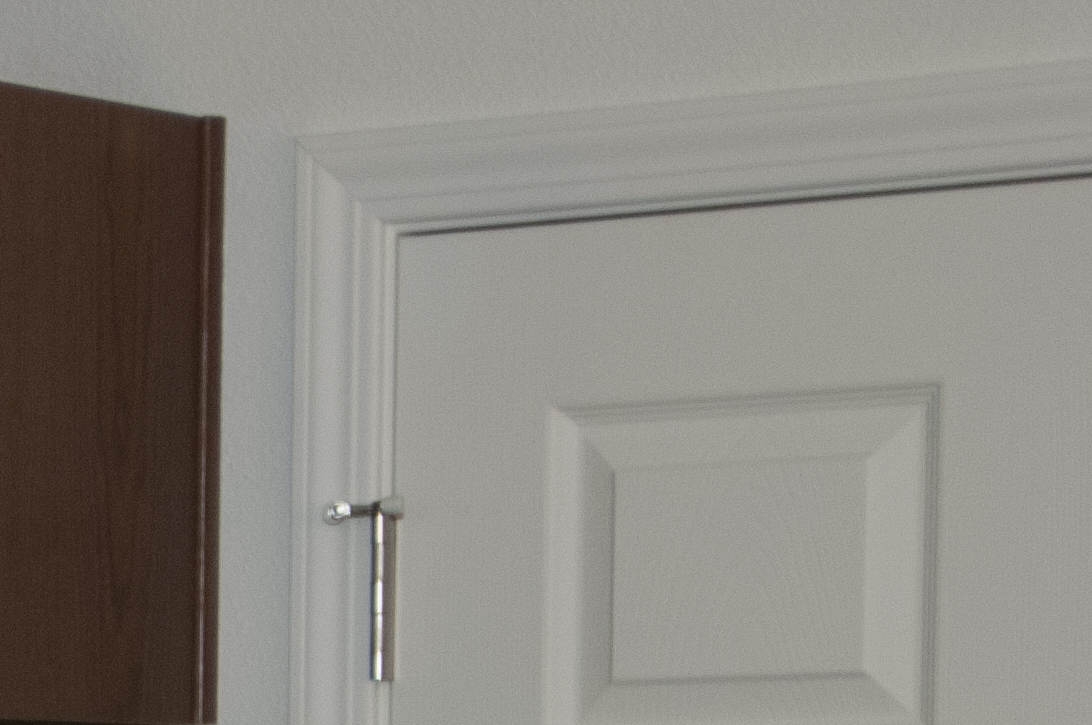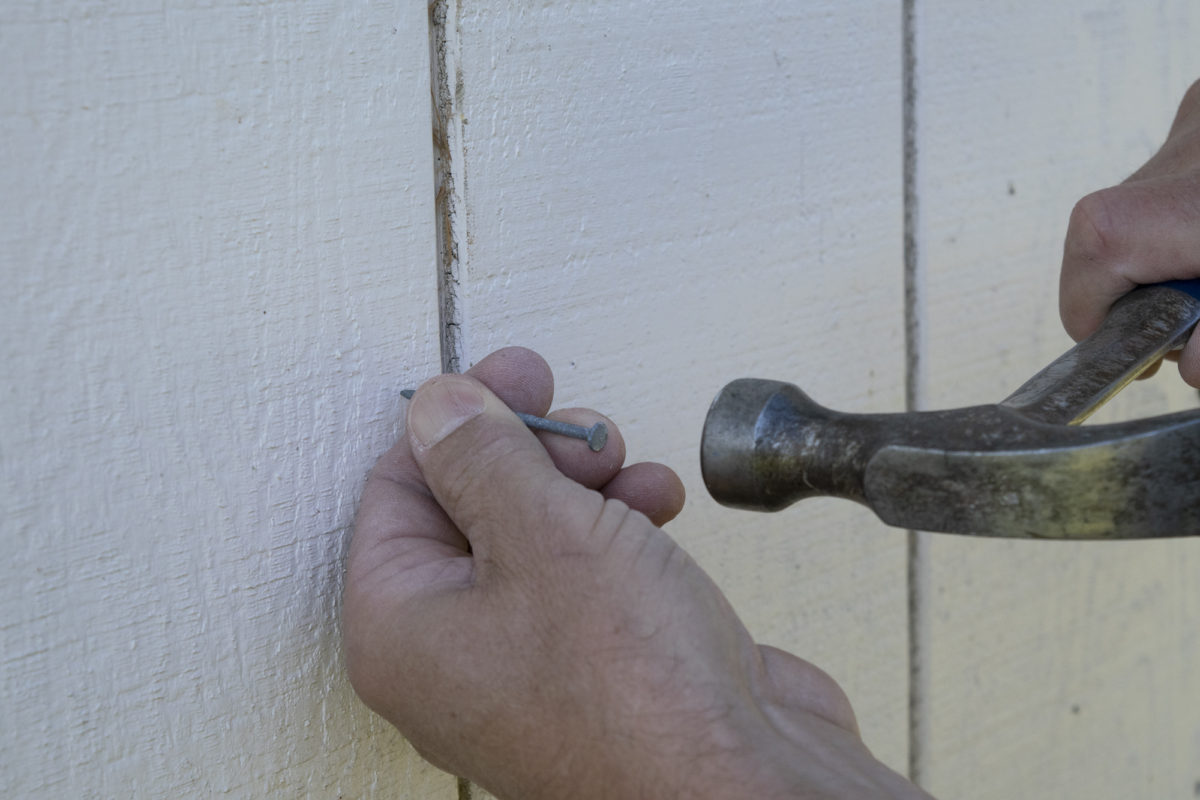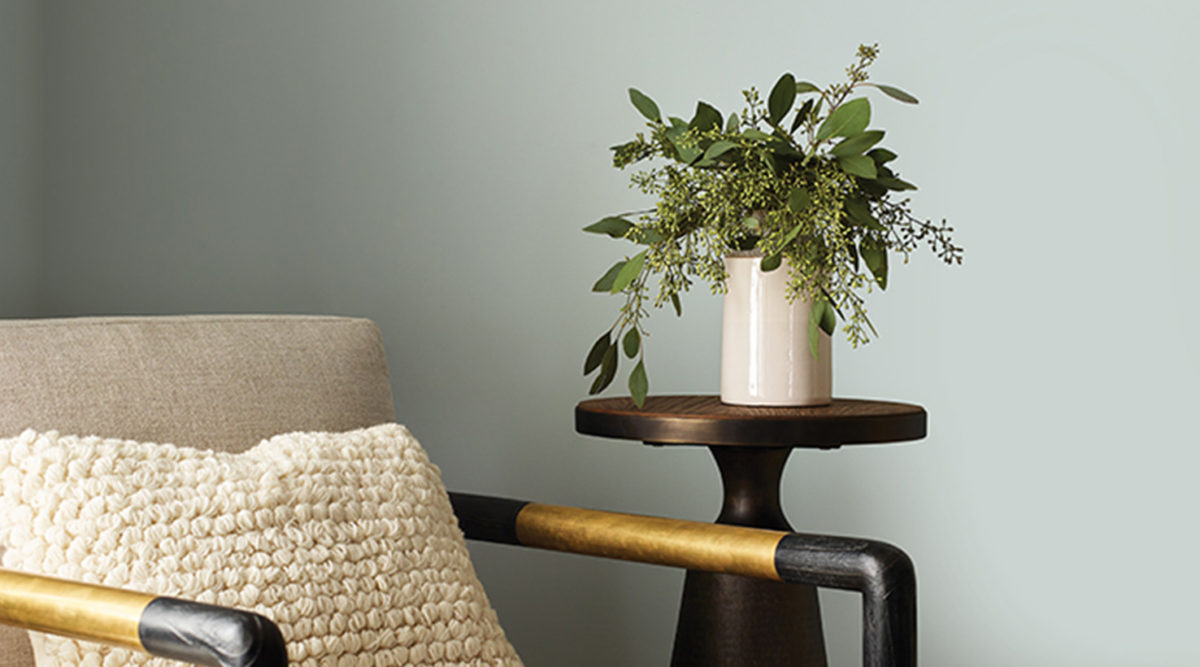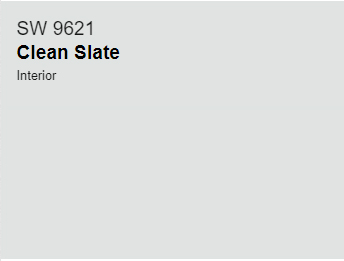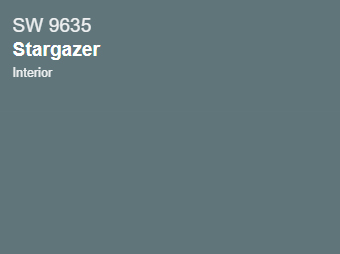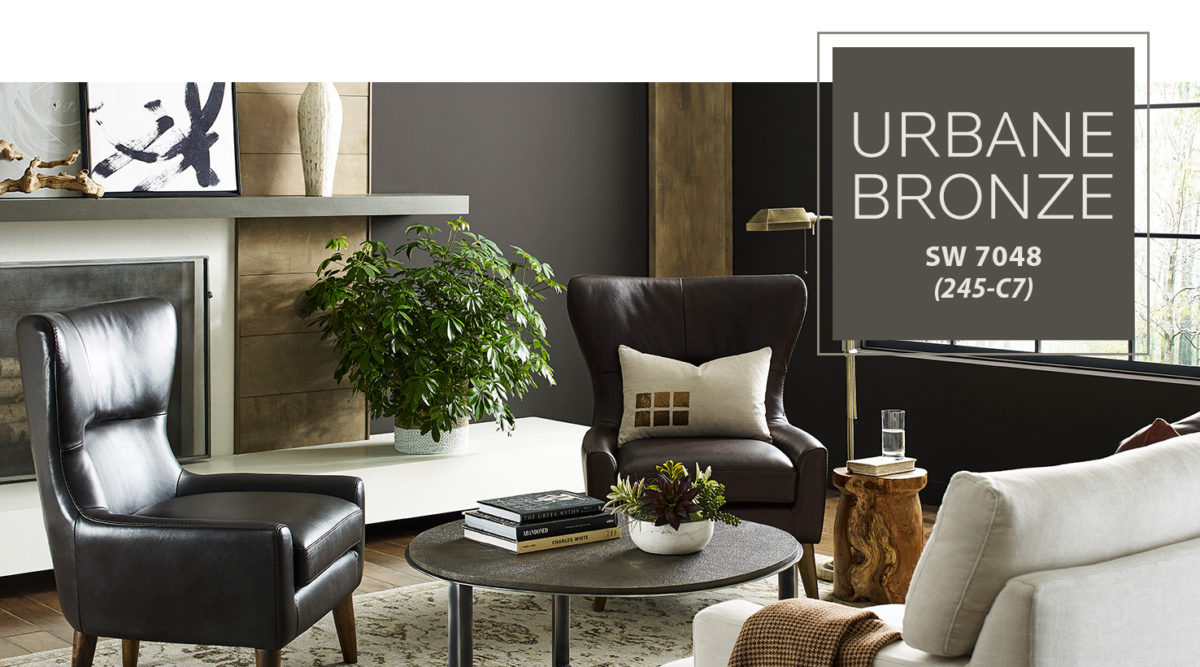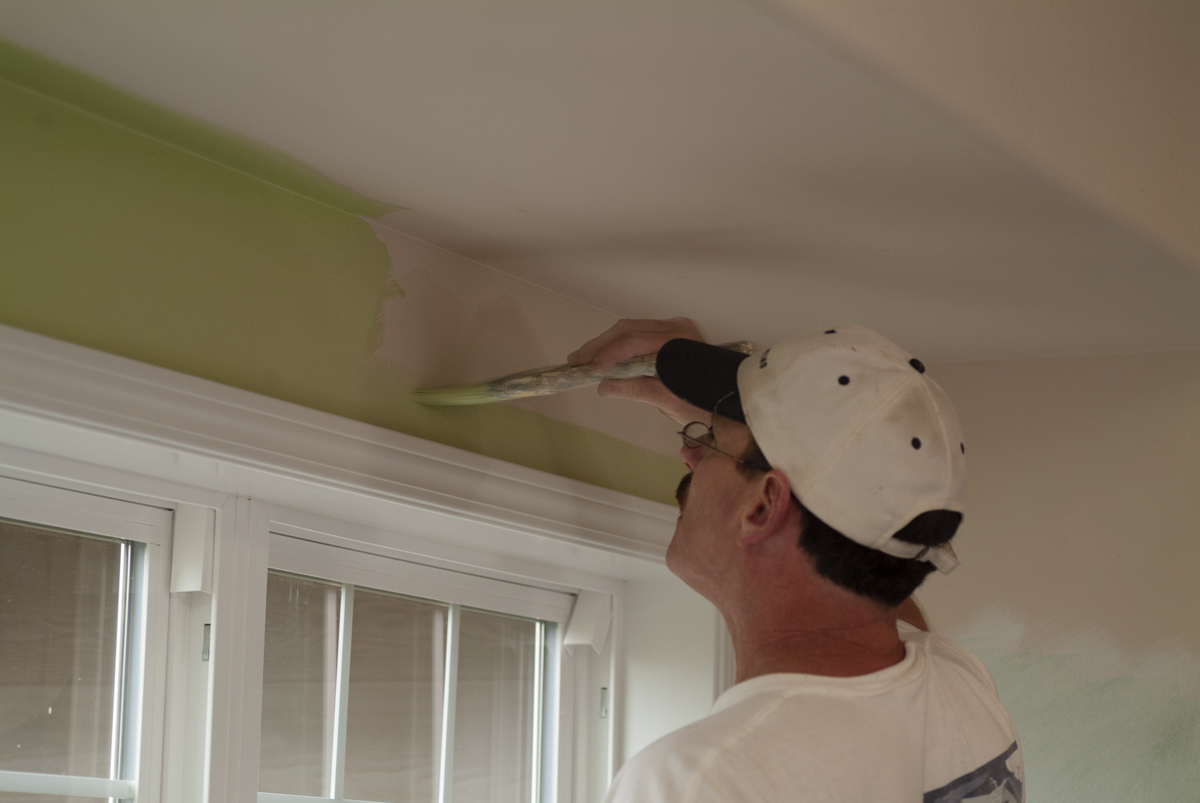When you consider what makes a rural property stand out, it’s often the color coordination of the outbuildings and fences that make you think, “Wow, that’s a nice place.”
In previous blog entries we’ve talked about protecting your investments. This is true with outbuildings as well. You may not give some of your barns and sheds the same priority as the house, but when you consider replacement costs (especially with today’s material costs), the protection you get from quality paint throughout the property is well worth the investment.
Cutting corners on paint products and application processes will likely cost your more in the long run. Consider rundown looking properties with faded and peeling paint. It will take even more work to get these back up to speed.
If you are ready to get your rural property up to the level you’ve always dreamed, give us a call.
